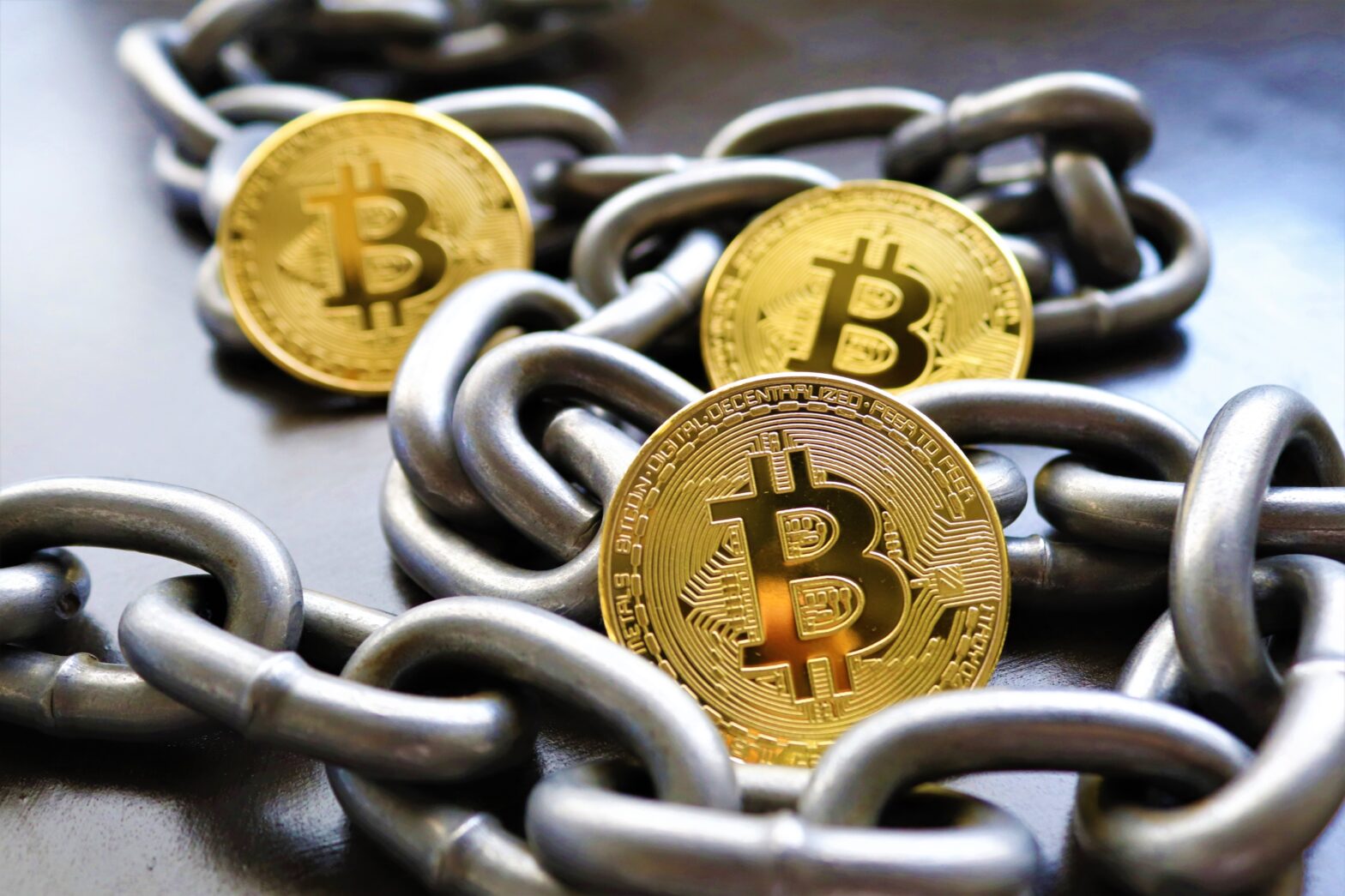
Many of the best inventions were born out of solutions to real and immediate problems.
The 2008 Great Recession was a time when the whole country suffered under the U.S. centralized banking system. In 2009, Bitcoin emerged out of the ashes of the American dollar’s instability at that time with a promising new currency structure— decentralization.
To understand what changed, consider the source of control and value. The value of the U.S. dollar has been arbitrated by the U.S. government and honored by U.S. citizens ever since the end of the gold standard in 1933. Conversely, Bitcoin’s value is endowed by outside investors who assign value to this as currency with their own assets. Thus the primary difference between the currencies is that the value of the former comes from the inside out, and the latter’s comes from the outside in.
Benefits of Decentralization
Bitcoin catalyzed the benefits in this decentralized format. For instance, it is protected from inflation by circulating only a set amount of Bitcoin (a hard cap of 21 million bitcoin fixed by code), and cryptography protects Bitcoin transactions from tampering and counterfeit. Yet, without traces of identity and higher management ensuring honest and legal transactions, how can we trust this new system?

Global Network Accountability
Where once there were only grand ledgers and main databases in one opaque system full of social security numbers, names, addresses, and birth dates, such as what your local bank maintains, blockchain technology is a tool for people to trade at scale around the world with more transparent and interpersonal accountability untethered to one authorized system. Satoshi Nakamoto was the inventor of this technological process by which Bitcoin could be secured without central authorities.
Bitcoin Mining
But if a large company system wouldn’t be securing asset protection, who would?
Satoshi figured that Bitcoin users would! Queue, Bitcoin miners. Scattered volunteers around the world, paid for their time in Bitcoin, patiently take time to decode the encryptions of transactions to verify the legitimacy of purchases across consistent reviews. When a transaction is complete, append-only ledgers of that receipt are randomly dispersed to the computers of volunteers around the globe for review. This way no one has to trust in specific persons but can trust the system that allows no single person to be incorrect without backup accountability. This transparent peer-to-peer network maintains real-time verifications and updates to the ledger all the while hindering fraud and alterations after the fact.
A block is a certain number of verified transactions— more than 500 transactions on average usually adding to about 1MB. Every completed block is added to the block-chain further strengthening the reputable accountability process.
The Future of Blockchain Technology
It’s inspiring to note that Bitcoin mining is only one form of blockchain technology popularized by Bitcoin’s media relevance. Blockchain technology is not exclusive to digital currency, but is an accountability system that can be applied to transactions of any asset as we’re just beginning to imagine! It’s almost as ironic as it is amazing to discover how distributed assets can be better scaled and traded by distributed accountability. Experts comment on how blockchain itself shouldn’t be seen as the next big wealth opportunity, but a more viable means to trade goods and services across borders by lessening the burden of distance.

